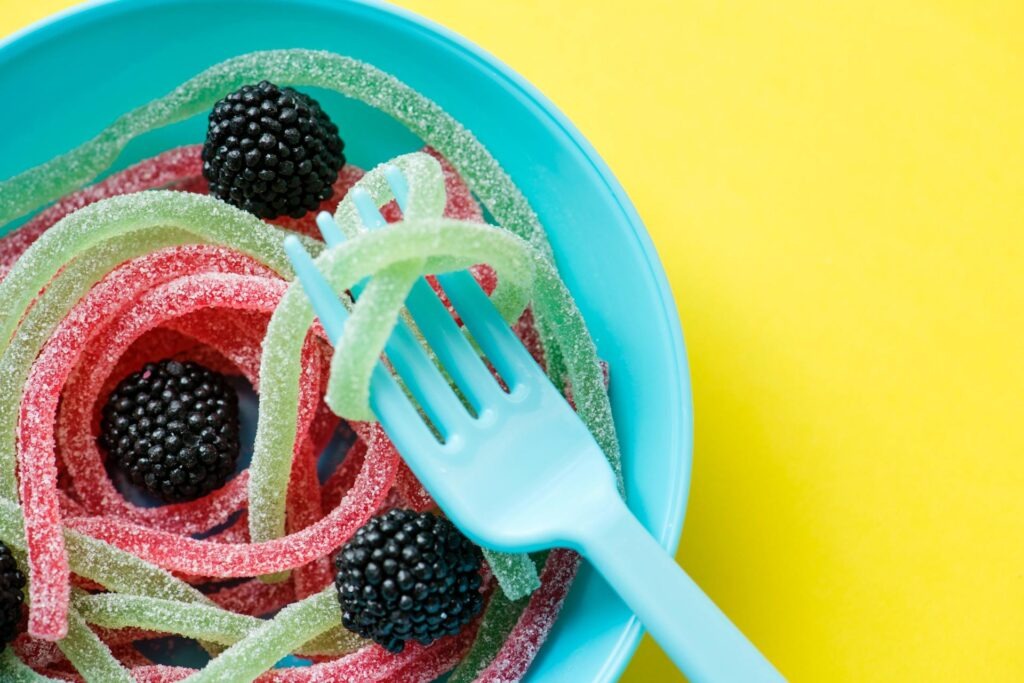- fei
- 0 Comments
Diabetes is a chronic condition where a person has high blood glucose often referred to as “blood sugar” levels. In order for our bodies to work properly and optimally, we need to convert glucose (sugar) from food into energy.
It’s helpful to understand the basics of how the body metabolizes (breaks down) blood glucose. Most of the cells in your body need glucose as a source of energy. Eating carbohydrate s, such as pasta, bread, a bowl of cereal or even fruit, the digestive system breaks down the carbohydrates into glucose (simple sugars), which travel through the blood stream to energize the cells. Insulin is released by the beta cells in response to the rise in blood glucose levels after eating. Insulin directs the glucose into the liver and muscle cells, promoting the storage of nutrients and preventing your blood glucose levels to rise excessively. Insulin also increases the uptake of amino acids (building blocks of protein) and fatty acids (building blocks of fats) into protein and fat stores. Insulin is therefore important for regulating metabolism by promoting energy storage and cell growth.
The liver converts glucose that is not immediately needed for energy into glycogen , which is stored in the liver. When blood glucose levels drop too low, insulin secretion falls and your pancreas releases the hormone glucagon, which prompts your liver to reconvert stored glycogen into glucose and release into the bloodstream. A normal functioning pancreas ensures there is a staple supply of nutrients for your body. This is important for certain organs such as your brain, which depends on a continuous supply of glucose.
For those suffering with diabetes, insulin is no longer produced or not produced in sufficient amounts by the body. Instead of being turned into energy the glucose stays in the blood resulting in high blood glucose levels. After eating, the glucose is carried around your body in your blood. This is what causes the blood sugar to spike. Life threatening health issues often stem from the blood sugar becoming too high or too low.
The Main Types of Diabetes
Type 1: Occurs when the immune system mistakenly attacks and kills the beta cells of the pancreas. The result is a small amount of insulin released into the body. As a result, blood glucose builds up in the blood instead of being used as energy. Only about 10% of all those suffering with diabetes are Type 1. Type 1 diabetes generally develops in childhood or adolescence, but can also develop in adulthood.
Type 2: A progressive health condition in which the body becomes resistant to the normal effects of insulin and/or gradually loses the capacity to produce enough insulin in the pancreas. Type 2 diabetes is most closely related to obesity. Type 2 diabetes also has strong genetic and family related risk factors. Type 2 diabetes accounts for 85% of all diabetes and is increasing.
The main difference between type 1 and type 2 diabetes is that type 2 diabetes is not an autoimmune condition. In many cases, type 2 diabetes can be reversed. It is a chronic disease that affects that body’s ability to use glucose. Type 2 diabetes results from insulin resistance or a condition that is characterized by difficulty using insulin correctly. People with type 2 diabetes may also experience abnormal insulin secretion, which causes glucose to build up in the bloodstream. Both forms of diabetes are equally dangerous.
What is the Glycemic Index?
The Glycemic Index (GI) was designed to help people with diabetes control their blood sugar levels. The diet focuses on carbohydrates, with the goal of eating foods that produce a steady rise in blood sugar instead of the spike in blood sugar created by eating foods that are quickly digested. Due to the high fiber content of most foods in the glycemic index, those following the diet often feel fuller and are able to lose weight without feeling hungry. To ward off Type 2 diabetes, a routine of eating healthy low GI foods, regular exercise and good sleeping habits.
The good news is that they are several food alternatives (with low GI) that can taste just as delicious as our beloved sweets & carbohydrates. Sweeteners like agave and coconut nectar and wonderful substitutes. Try baking your favorite cookies or sweeten you tea or coffee with coconut sugar – it’s surprisingly tasty and good for you! Pastas made from grains such as kamut, quinoa, amaranth & brown rice, are hearty, delicious and will keep your blood sugar steady. Staying healthy doesn’t have to mean sacrificing flavor or taste or even staying away from sweets or carbs completely. It can become a pleasurable adventure to try out low GI recipes and find the ingredients that can make all the difference in your health while keeping your taste buds happy too!

